Topping Tomato Plants is a type of Pruning. You may hear the term and think that you’re simply lopping of the top of the plant. But technically speaking, topping a tomato plant means removing all plant’s actively growing tips once the plant grows to the top of its cage or stake. Topping prevents those tips from growing. Let’s say your tomato plants are too tall and leggy.
Or your tomato plants are too tall with no fruit and you want to know how to make tomato plants bushy and productive once again. Those are also good opportunities to top your tomato plant, no matter what point you are in the growing season.
The Basics of Topping Tomato Plants
Topping Tomato Plants, also known as Pruning or Pinching, involves the strategic removal of the terminal growing point of tomato plants. This manner increases horizontal increase, resets plant strength on fruit development, and in the end aids in controlling the size and structure of the plant.
Identifying the Right Time for Topping Tomato Plants
Timing is important on the subject of topping tomato flora. It is generally recommended to top them when they have reached a height of about three to four feet or when they have developed about four to six trusses. This ensures that the blossoms have a strong root system in place and have adequate leaves to aid in the production of after that fruits.
Essential Tools and Supplies for Topping Process
Before venturing into topping tomato plants, it is important to gather the necessary tools and supplies. These include sterilized pruning shears or scissors, gloves to protect your hands, and a clean cloth or disinfectant solution to prevent the spread of diseases.
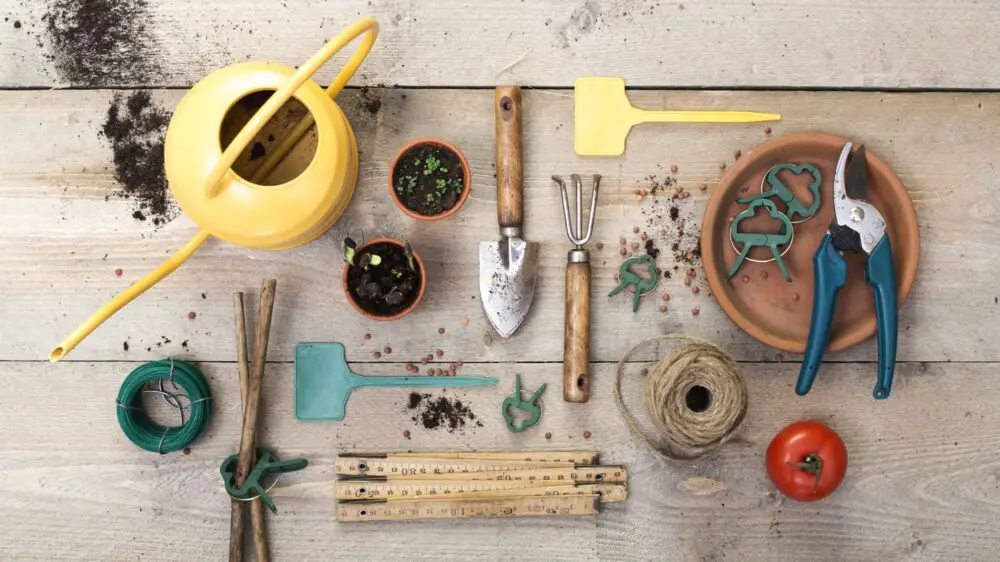
Benefits of Topping Tomato Plants
Let’s discover the transformative power of topping tomato plants, a practice that can significantly enhance your gardening experience.
Enhancing overall Plant Structure: Better Growth
One of the key benefits of topping tomato plants is the development in common plant structure. By means of eliminating the terminal growing factor, the plant develops a couple of stems that contribute to a more potent and extra sturdy framework. Topping tomato plants encourages the development of more lateral branches or stems. These branches bear fruit, so by topping, you increase the number of fruit-bearing sites, ultimately leading to a higher yield.
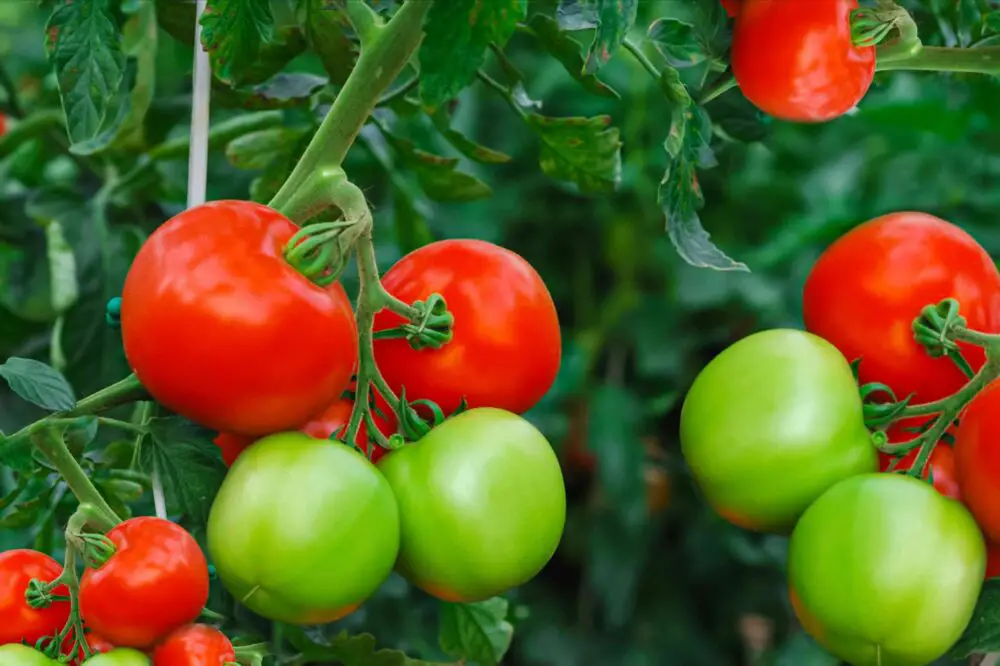
Promoting better Airflow and Reducing Disease Risk
Topping tomato vegetation additionally aids in enhancing airflow inside the plant cover. Via allowing greater area among branches, air circulation is better, reducing the probabilities of growing sicknesses along with powdery mold and botrytis. Moreover, extended sunlight penetration allows to dry out foliage extra effectively, similarly minimizing the threat of foliar illnesses.
Ensuring improved Fruit Quality and Yield
By topping tomato plant life, growers can make sure stepped forward fruit fine and better yields. With the redirected electricity and belongings, the plant makes a specialty of growing large and more healthful fruits.
Moreover, disposing of the terminal growing point encourages the plant to develop more lateral branches, ensuing in a higher wide variety of fruit-bearing nodes and ultimately a greater yield.
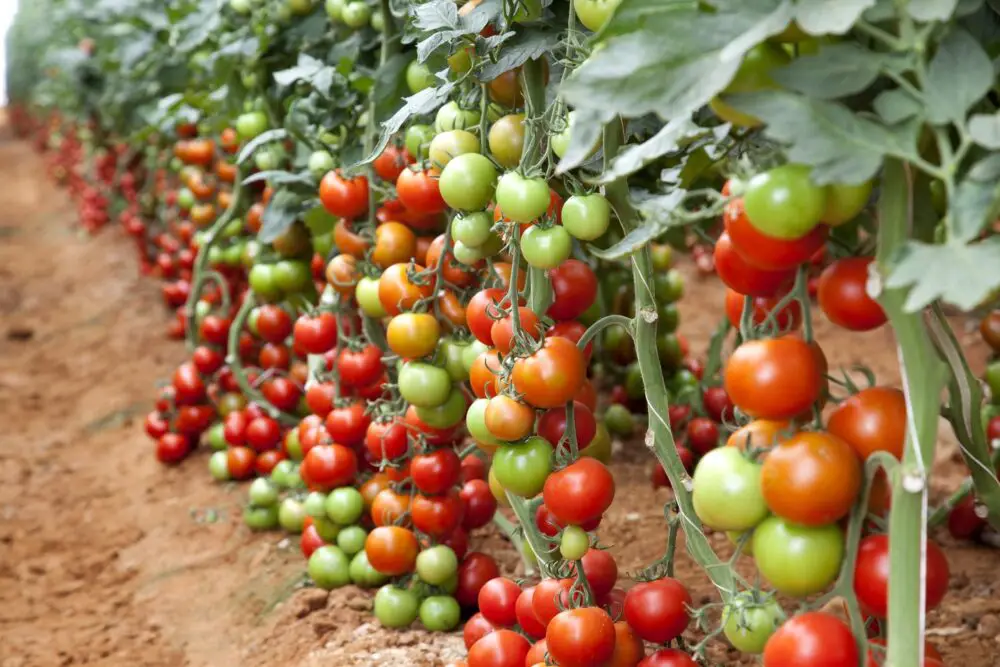
Preparing for Topping Tomato Plants
Preparing for topping your tomato plants is a crucial step toward a successful and bountiful harvest. In this guide, we’ll walk you through the essential steps and considerations to ensure your tomato plants thrive after topping.
Selecting the Appropriate Tomato Varieties for Topping
Not all tomato varieties are suitable for topping. Indeterminate varieties, which continue to grow and produce fruit throughout the growing season, are the best candidates for this technique. Determinate varieties, on the other hand, have a predetermined growth pattern and may not benefit from topping.
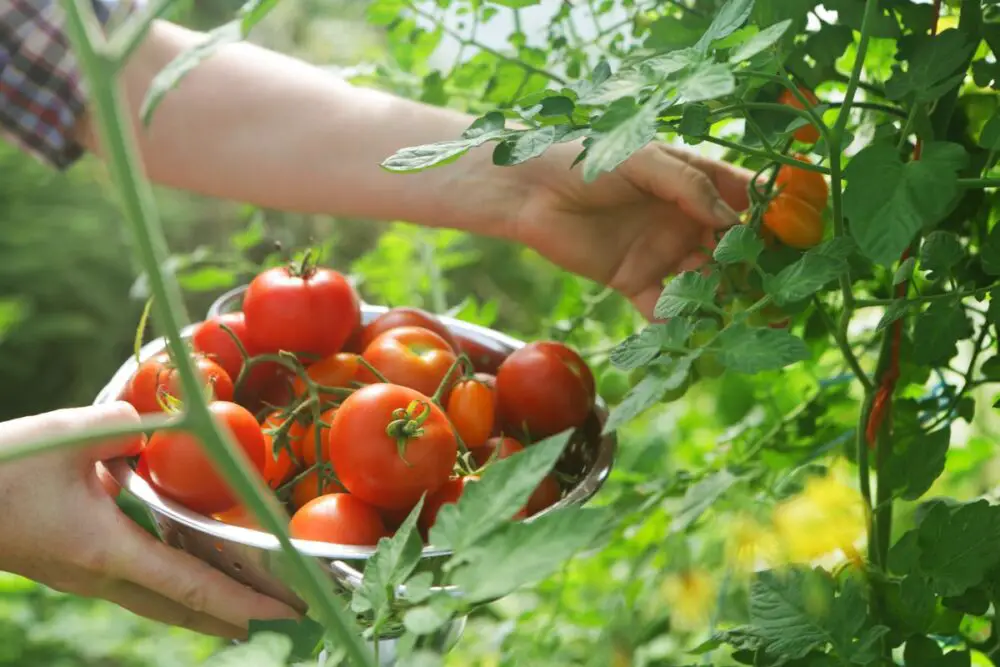
Properly Prepping the Soil and Creating an Optimal Growing Environment
Before topping tomato flowers, it’s far vital to put together the soil and create a most effective growing surroundings. Begin via making sure the soil is properly-draining, rich in natural count number, and safely fertilized. Additionally, providing enough sunlight and helping systems, consisting of trellises or stakes, will help the flowers grow inside the desired course and maximize their capabilities.
What happens when you top a tomato plant?
Gardening experts recommend topping a tomato plant about 30 days before your zone’s projected first frost. If you’ve grown tomato plants in the past, you understand why this makes sense. As the season drags on, tomato plants get leggy and fruit takes longer to ripen. But you can top your tomato plant sooner than that, especially when it begins to spill over the top of its cage or grow beyond the height of its stake. Topping a tomato plant has several advantages.
Bigger Fruit
Topping a tomato plant moves things along. As you prune the upward branches back to their last growth, the plant must direct its energy elsewhere. All those luscious nutrients concentrate themselves on the fruit. And those fruit are bigger and more flavorful.
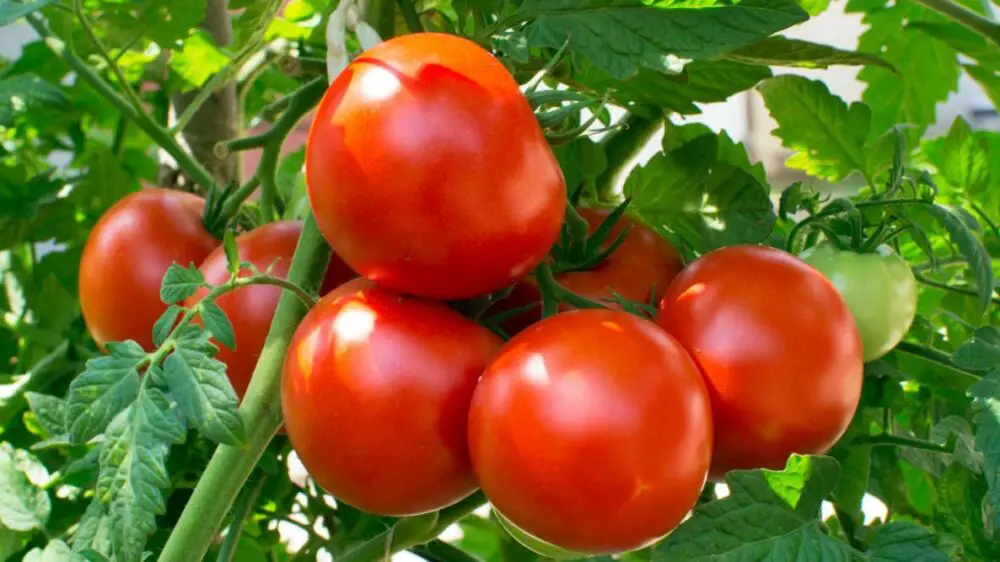
Bushier Plants
Leftover nutrients also go to producing new growth and new blossoms. The plant puts out more lateral stems and leaves. That offers more shade to ripening fruit which they appreciate as they ward of Sunland from the hot, late summer sun. And new branches and new flowers means a longer season of fresh tomatoes for you when frost holds off.
Stronger Plants
Now that your tomato plant doesn’t need to support as much height, the center stem and new branches get more water, sunlight, and nutrients. They get stronger. They are less likely to break. And if your tomato plants are supported in cage, then you have less tying and staking at the end of the season. If you’ve ever had to get on a ladder to add a cage extension during the hot days of midsummer, you understand what a relief this can be.
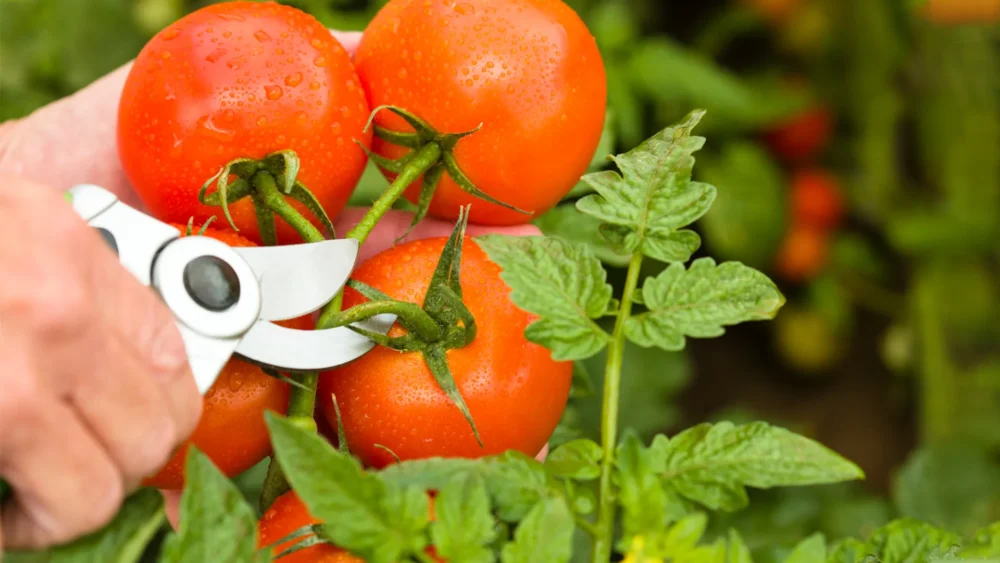
Techniques for Topping Tomato Plants
Unlock the secrets of successful tomato plant growth with our guide on effective techniques for topping. Delve into the art of pruning and discover how it can lead to healthier, more robust tomato plants.
Single vs. Multiple Topping
There are two primary topping methods:
- Single Topping
Involves removing the terminal growing point once, redirecting the plant’s growth towards fruit production.
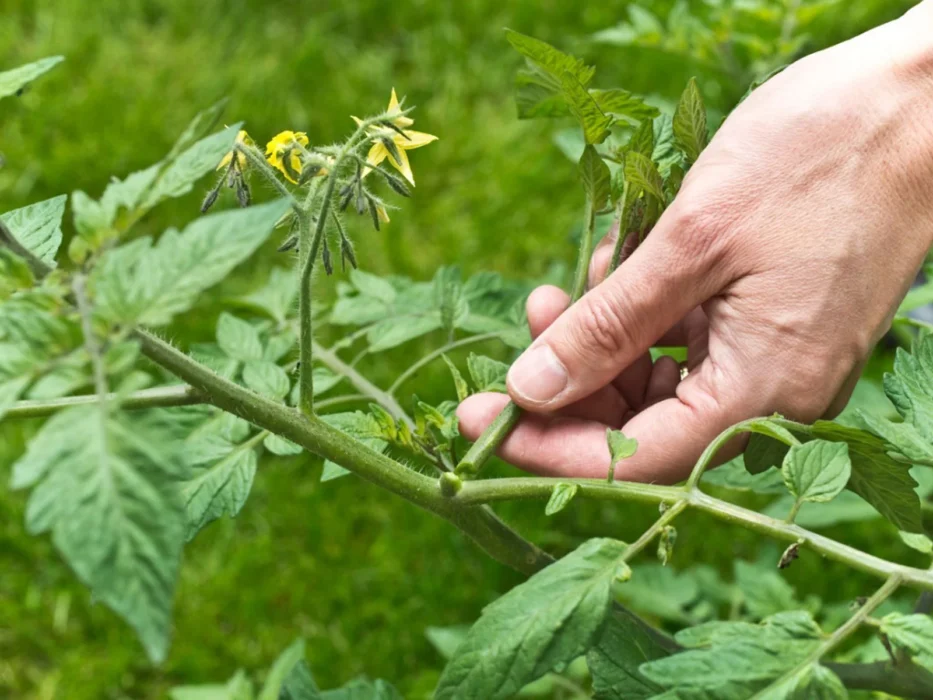
- Multiple Toppings
On the other hand, involve repeated removal of the growing point as the plant continues to grow taller. This method enables control the plant’s height.
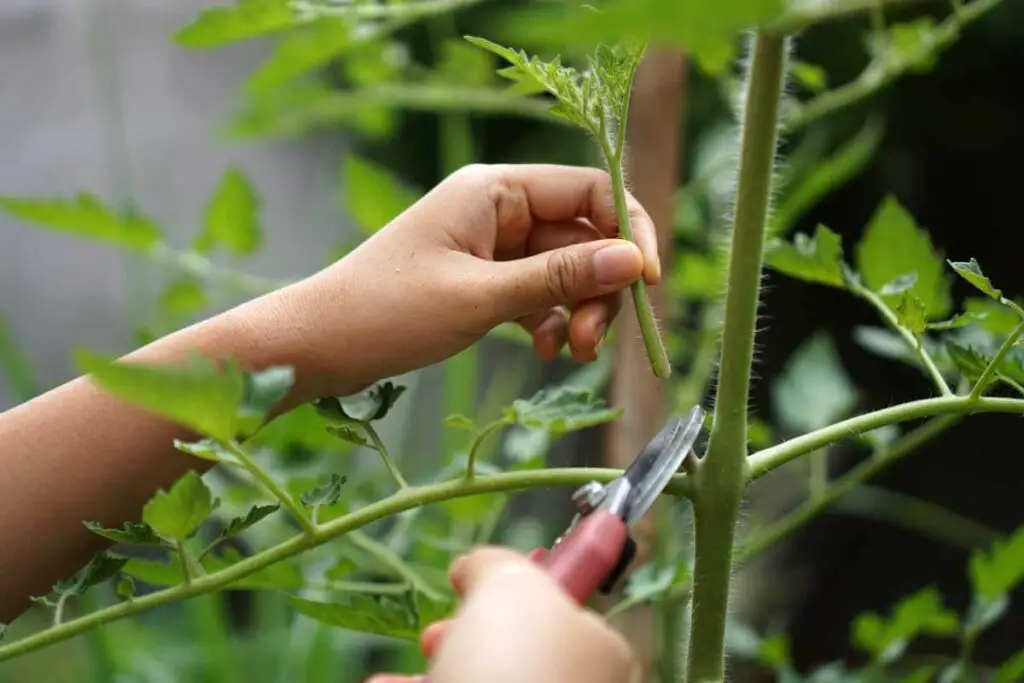
Step-by-Step Guide for Topping Tomato Plants
We’ll walk you through each stage, ensuring you achieve healthier and more productive tomato crops.
Identifying the Right Nodes to Cut
When topping tomato plants, it is crucial to identify the right nodes to make clean cuts. Look for the first or second node below the growing tip that has developed at least two true leaves.
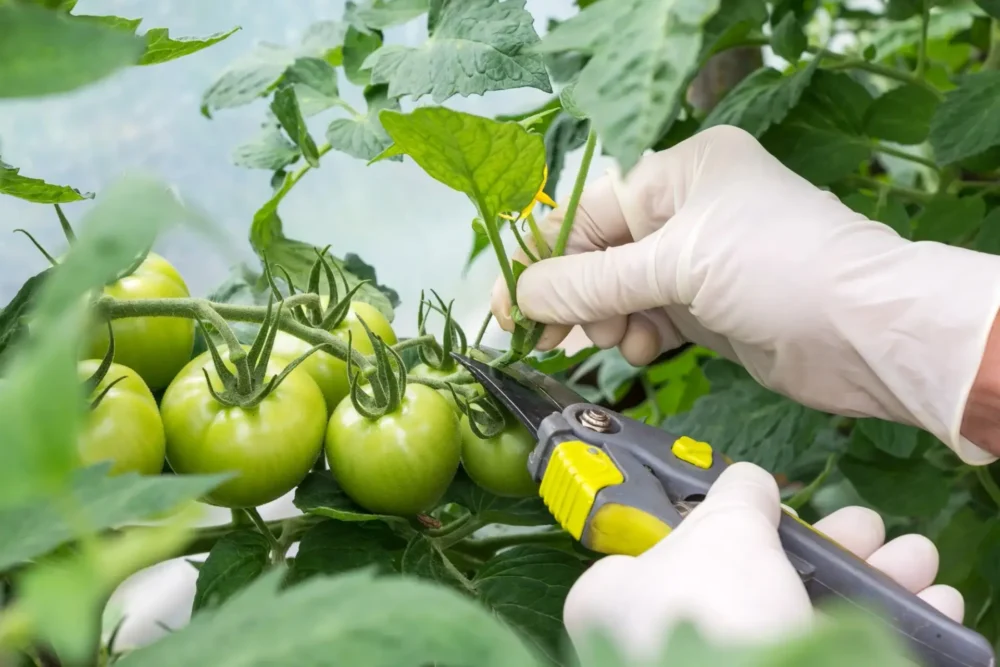
Making clean, Precise Cuts using Sterilized Tools
To ensure healthy wound healing and prevent the spread of diseases, make clean and precise cuts using sterilized pruning shears or scissors. Cut just above the identified node to promote lateral branching.
Ensuring proper Pruning and Removal of Suckers
While topping tomato plants, it is important to remove any suckers that may have developed in the axils of the leaves. These suckers divert energy from fruit production and can negatively impact the plant’s overall performance. Prune them off gently, ensuring not to damage the main stems or leaves.
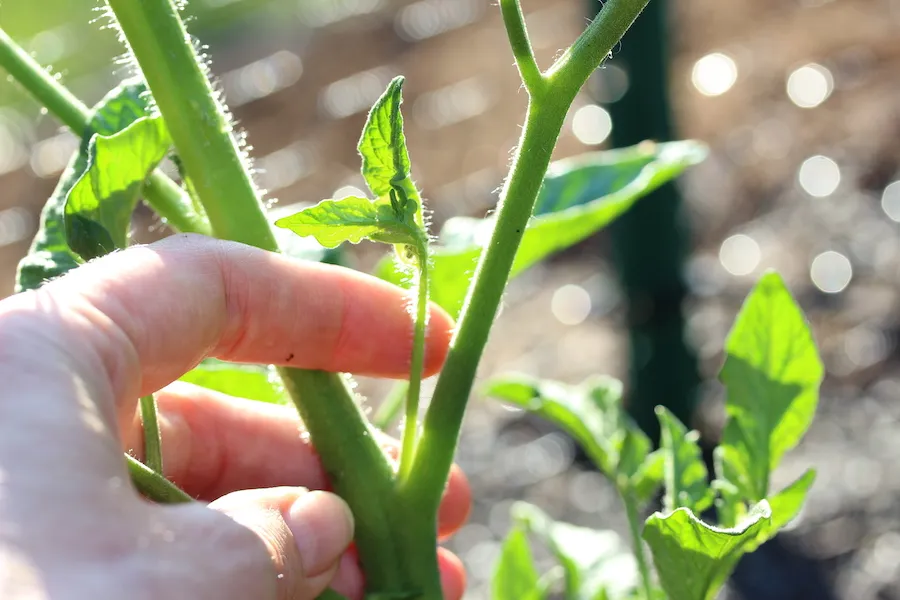
Timing Considerations: Topping at Different Stages
Timing is very important factor while we are topping tomato plants. Here we will describe the best time for topping tomato plants.
Early Topping for determinate Tomato Varieties
Topping determinate tomato varieties early in the growing season is generally not recommended. Determinate varieties have a predetermined growth pattern, and topping them can interfere with their natural development and fruiting. It is best to focus on providing proper care and support to maximize their potential yield.
Timing for Topping to control Height in Indeterminate Varieties
For indeterminate tomato varieties, timing is crucial when it comes to controlling height. Topping should be done before the plants become too tall and unmanageable. By topping them at the appropriate stage, growers can ensure a more compact and manageable plant without sacrificing fruit production.
Potential benefits and Drawbacks of Topping at Different Stages
Topping at different stages can have varying benefits and drawbacks. Early topping can redirect growth towards fruit production but may reduce overall yield potential. Topping at a later stage can control excessive growth but may lead to a delay in fruit ripening. It is important to carefully consider the specific needs and growth patterns of the tomato variety being cultivated.
Tomato Plants Topping Tips and Tricks
Determining optimal frequency and extent of topping
The optimal frequency and extent of topping tomato plants may vary depending on the specific variety, growth pattern, and desired outcome. Observing the plant’s response to topping and monitoring its overall growth and health will help determine the appropriate timing and extent of future toppings.
Recognizing signs for secondary topping or de-topping
Secondary topping or de-topping may be necessary in certain situations. For instance, if the plant becomes too tall or develops more foliage than desired, a secondary topping can be performed to maintain its size and control its growth.
Utilizing proper Pruning Techniques
To maximize yield and excellent whilst topping tomato flora, it is critical to utilize proper pruning strategies. They focus on doing away with immoderate foliage, figuring out and eliminating suckers, and making sure clean cuts to promote lateral branching and highest quality fruit production.
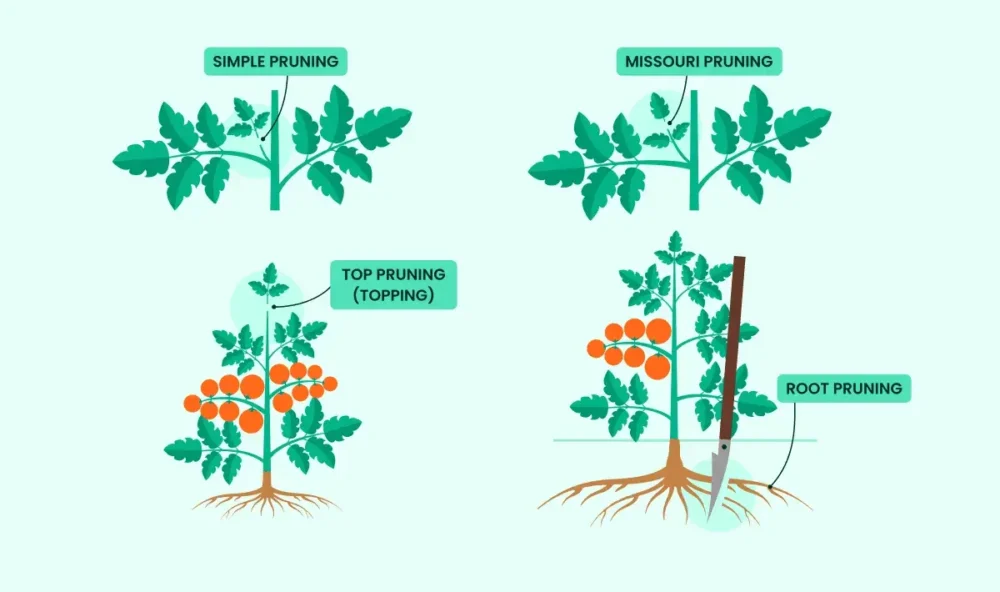
Conclusion
In end, topping tomato plants is a valuable method. By way of understanding the principles behind topping, embracing the right timing, and employing an appropriate method, you may extensively growth the yield and first-class of your tomato crop. It is crucial to note that the particular technique to topping may also vary depending at the tomato varieties you are growing and the situations on your lawn or farm.
Remember experimenting with exceptional methods and timing to discover what works exceptional for your particular state of affairs. With proper care, attention, and a bit of practice, your topped tomato plants have the capability to yield a bounty of delicious and succulent tomatoes at some point of the growing season. Topping, when performed correctly, is a powerful device in your arsenal as you embark to your journey to grow to be a hit tomato gardener.
FAQs about Topping Tomato Plants
When should I pinch out the tops of tomato plants?
Pinching out the tops of tomato plants, additionally called “pruning,” can help promote healthful increase and improve fruit manufacturing. The timing for pinching out the tops of tomato vegetation depends on the type of tomato flora you’re developing and your specific goals.
Why is my tomato plant dying from the top down?
If your tomato plant is dying from the top down, it is able to be experiencing a circumstance known as “top-down dieback.”
Can you root the top of a tomato plant?
Yes, you could root the top of a tomato plant the use of a technique referred to as “topping” or “pruning.”
What should I do when tomato plants get too tall?
The best time to trim your plants is when the small shoots, known as suckers, reach a length of 2 to 4 inches. For determinate tomato plants, which tend to grow to about 4 feet and then stop, a single pruning is sufficient. However, indeterminate tomato plants, which keep growing, can benefit from periodic pruning every few weeks as they produce fresh leaves.
Does topping tomato plants increase yield?
Gentle pruning, which involves carefully trimming certain parts of your tomato plants, offers the potential to enhance the quantity of your harvest and extend the time you can enjoy fresh tomatoes. Additionally, by raising the tomato plants off the ground, you can effectively minimize the risk of common fungal diseases such as early blight, Septoria leaf spot, and anthracnose, while also enhancing the overall quality of your tomatoes.
Can you cut the top off grow tall tomato plant?
For indeterminate tomatoes, you have the flexibility to trim them as required throughout the season, as they possess the remarkable ability to regenerate. Early in the season, consider topping these tomatoes to encourage healthy growth and prevent excessively long stems before they start bearing fruit. As the season progresses, periodic topping can help manage their height and keep their growth in check, particularly when their stems start to outgrow their supports.
What are the mistakes for topping tomatoes?
Excessive leaf removal in one go can cause stress. To promote your plant’s health, focus on eliminating any yellowing leaves, the lower ones, and the suckers. Be mindful not to prune when the plant is damp, as doing so may inadvertently encourage the spread of harmful bacteria or fungi that can pose risks to your plant’s health.

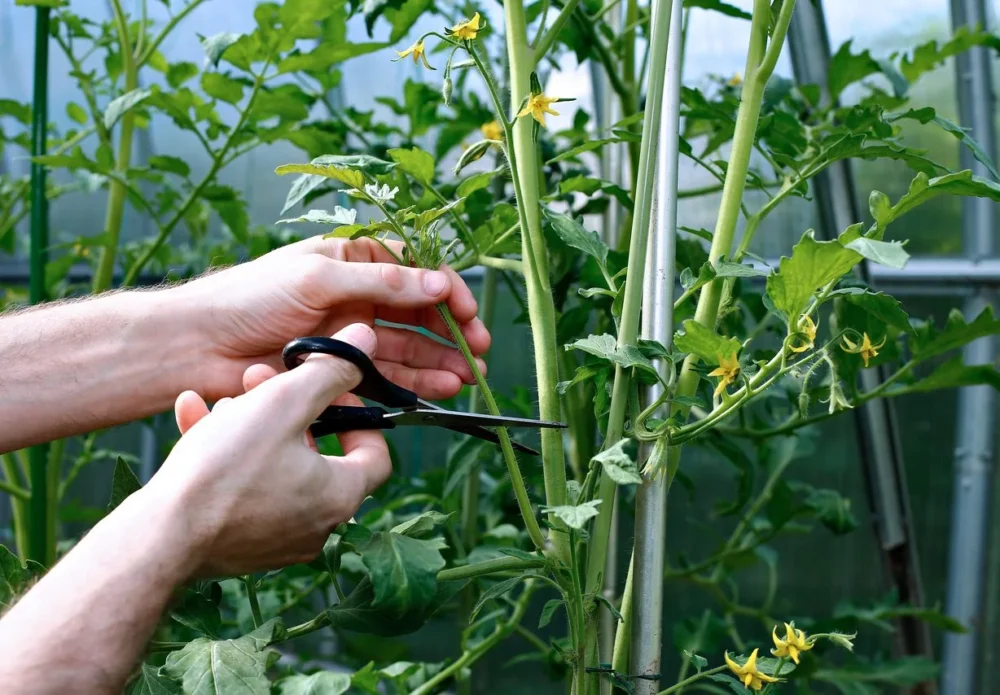
2 thoughts on “Topping Tomato Plants: An In-Depth Guide to Maximizing You’re Harvest ”